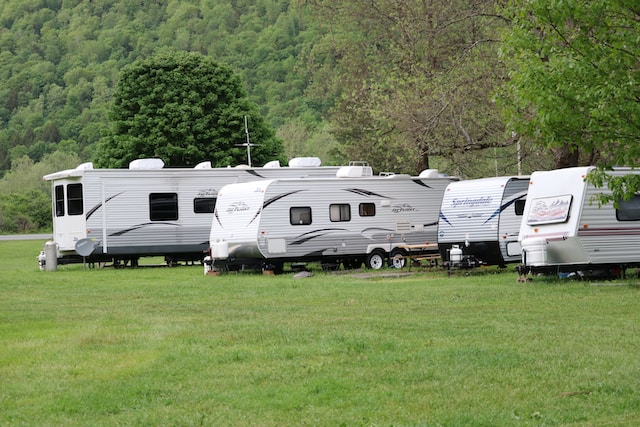RV ‘resorts’ and communities are a sign of America’s distress as much as choice
Rising rents and mortgages are beyond the 'working homeless'

You can’t travel through America – by train, bus, your own car – without noticing that everyone else is hitting the open road as well.
Especially in RVs as recreational vehicles are lovingly called by those who cherish the freedoms offered by the trailer attached on back to your pick-up or the motorhome that allows you to be your own B&B wherever you choose.
Some 12 million Americans were expected to hit the highways this Memorial Day weekend (May 27 to 29) in their RVs. These enormous vehicles have experienced a surge of pandemic-driven demand with the average price of a Winnebago, for example, doubling since 2019 to nearly $200,000.
The reasons are simple and driven by necessity as much as choice. Across the country, from California to New England, many RV-dwellers have plonked for an off-the-grid lifestyle and unparalleled mobility.
But RVs have also become a painful sign of many Americans’ rising distress over the cost of living, especially in rural areas in the past year. Rental prices continue to rise and are eight per cent higher than at the same time last year. Mortgage rates have more than doubled after the Federal Reserve’s repeated interest rate hikes and last week, hit 6.52 per cent. The result is that America’s “working homeless”, as some expressively describe themselves, have taken to their campers so they don’t need to pay rent or the mortgage.
In fact, the RV communities and “RV resorts” that can be seen at many places along America’s highways are as much a sign of people’s love of liberty as their being fenced-in by a deep cost-of-living crisis.

“Our battered suitcases were piled on the sidewalk again; we had longer ways to go. But no matter, the road is life”
– Jack Kerouac

